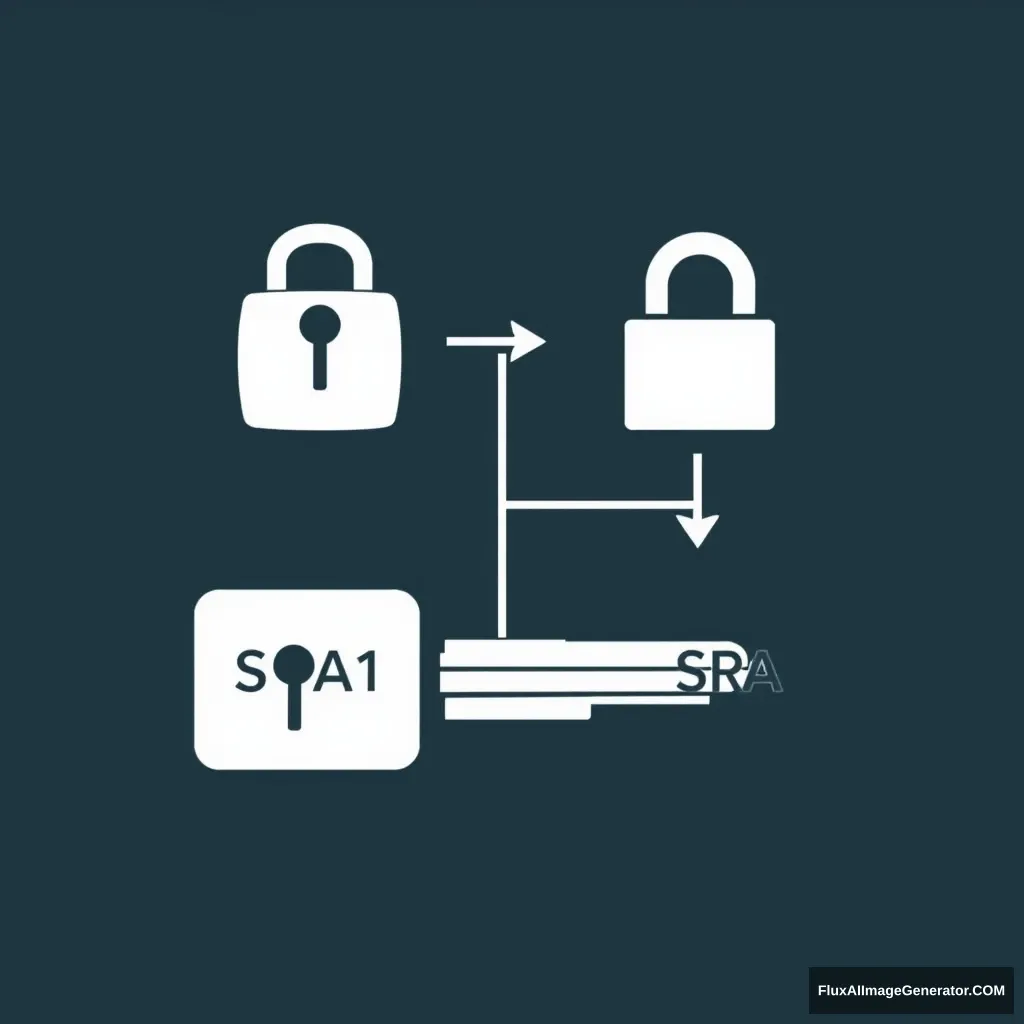由Flux AI Image Generator创建的AI图像

提示
Our general encryption can be divided into two types: symmetric encryption and asymmetric encryption. As the name suggests, symmetric encryption uses the same key for both encryption and decryption. Examples of this type of encryption algorithm include DES, 3DES, and AES. On the other hand, asymmetric encryption uses two keys: a public key for encryption and a private key for decryption. The main algorithm for this type of encryption is RSA. Digital signatures are not encryption. They simply sign the parameters being transmitted. The server side can verify the signature. The main purposes are twofold: 1. to ensure that the data has not been tampered with, and 2. to confirm that the request was indeed sent by the key holder. Although it is not encryption, we use RSA encryption here. SHA1withRSA, as the name suggests, means encrypting the object after applying SHA1 followed by RSA encryption. Of course, it is not just a simple case of applying SHA1 and then directly using RSA; there are some processes in between. I am not very familiar with the specific details, nor do I need to be, unless you are extremely interested in the algorithms. You can look for materials to understand it better. In any case, after the processing, we obtain the data encrypted with the RSA key. Generally, we will encode it in base64 to make it easier to transmit. This encoded string is the digital signature. The server side only needs to use the corresponding public key to verify the signature, which can determine whether the message was sent by the key holder. Author: Ximen Dasaoxue Link: https://www.jianshu.com/p/9a05deadbbc6 Source: Jian Shu Copyright belongs to the author. For commercial use, please contact the author for permission; for non-commercial use, please indicate the source.
图像分析
情感分析
应用场景
Secure Client-Server Communication
描述: Securing communications between client and server using symmetric encryption.
潜在用途: To ensure data integrity and confidentiality during data transmission.
Software Update Verification
描述: Verifying the authenticity of a software update file using digital signatures.
潜在用途: To confirm that the software update has not been tampered with and is from a legitimate source.
Database Encryption
描述: Storing sensitive user data in an encrypted database.
潜在用途: To protect user information like passwords and personal data from unauthorized access.
Secure Email Sending
描述: Implementing RSA for secure email communication.
潜在用途: To ensure that the email content remains private and can only be read by the intended recipient.
Digital Signing for Legal Documents
描述: Signing legal documents digitally to verify identity.
潜在用途: To legally bind the sender to the agreement by confirming their identity through digital signatures.
技术分析
质量评估: The generation quality is thorough but may be overly technical for a general audience.
- Clear differentiation between encryption types.
- Explanation of digital signature processes.
- Mention of encoding techniques like base64.
- Simplifying complex explanations
- Including more examples of use cases
- Clarifying technical terms for a broader audience